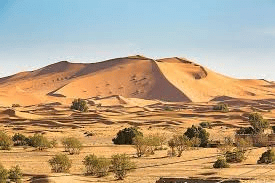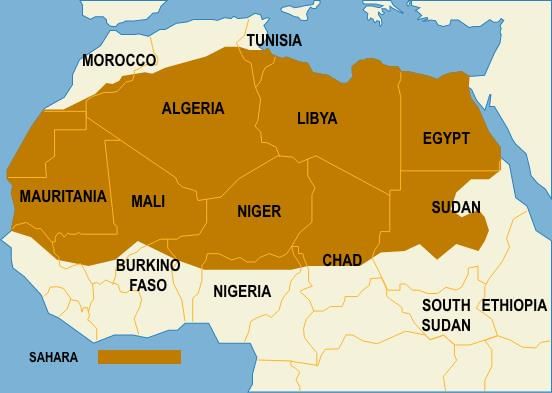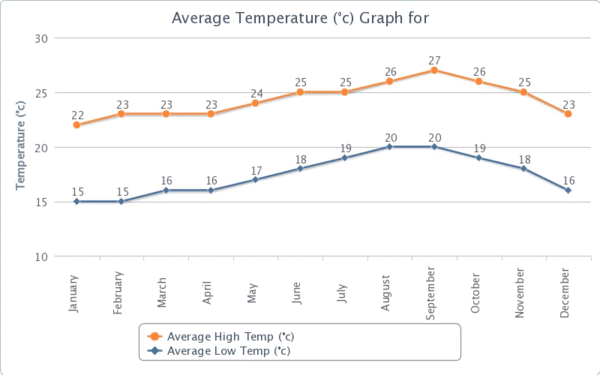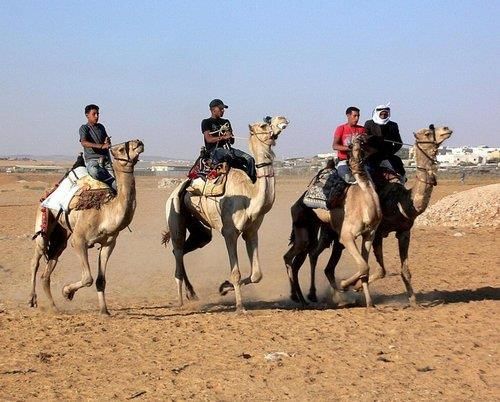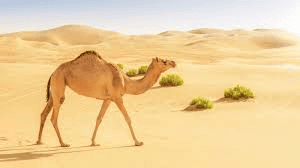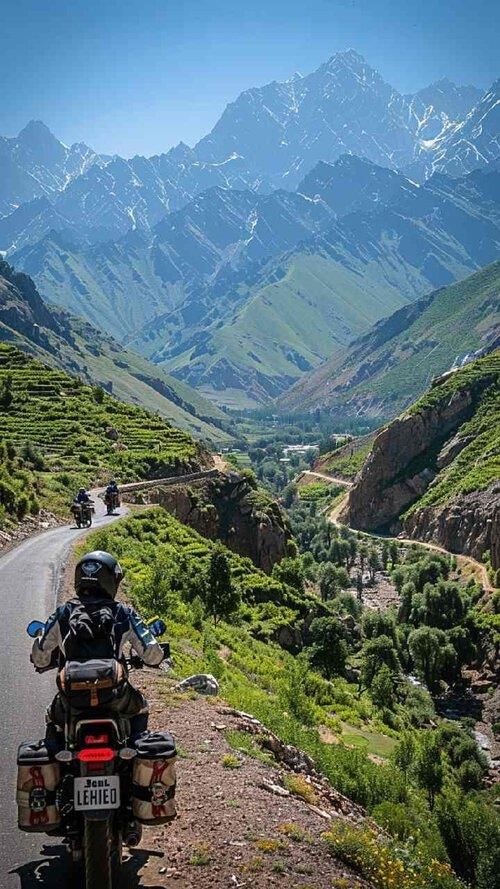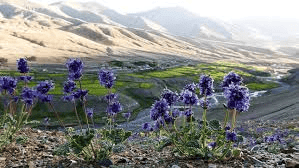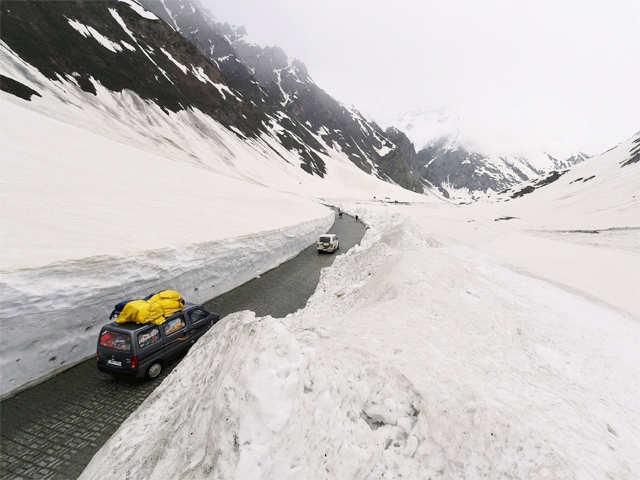|
The Sahara Desert is the world's largest desert, covering an area of approximately ___ million square kilometers. |
Card: 1 / 30 |
|
Fill in the blank: The temperature in the Sahara Desert during the day can rise as high as ___ °C. |
Card: 5 / 30 |
|
Fill in the blanks: Nomadic tribes such as the Bedouins and Tuaregs rear livestock including ___, ___, and ___ for various products. |
Card: 9 / 30 |
|
True or False: The climate of the Sahara Desert is characterized by heavy rainfall and mild temperatures. |
Card: 11 / 30 |
|
Oases provide water and support settled populations, allowing for agriculture such as the growth of date palms and crops like rice and wheat.  |
Card: 14 / 30 |
|
Fill in the blank: The prominent animal species found in the Sahara include camels, hyenas, and various types of ___ and ___. |
Card: 15 / 30 |
 Unlock all Flashcards with EduRev Infinity Plan Starting from @ ₹99 only
|
|
Ladakh is enclosed by the Karakoram Range to the ___ and the Zanskar mountains to the ___. |
Card: 17 / 30 |
|
True or False: The climate in Ladakh is characterized by high humidity and frequent rainfall. |
Card: 19 / 30 |
|
Due to its high altitude, summer daytime temperatures in Ladakh are just above ___ degrees Celsius. |
Card: 21 / 30 |
|
Fill in the blank: The vegetation in Ladakh is ___ due to high aridity, primarily consisting of grasses and shrubs. |
Card: 23 / 30 |





